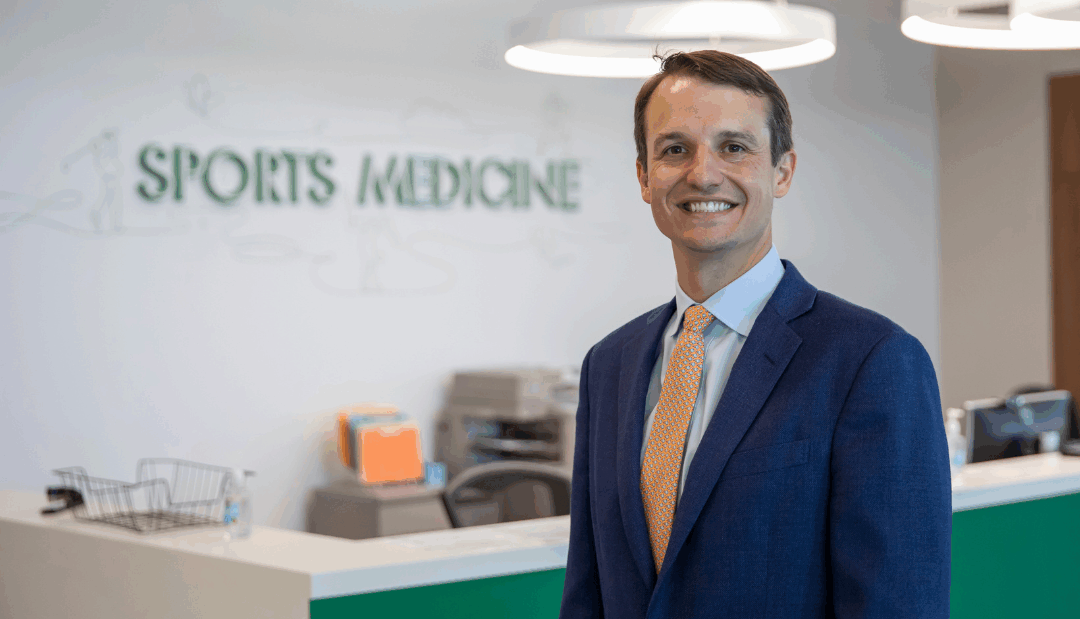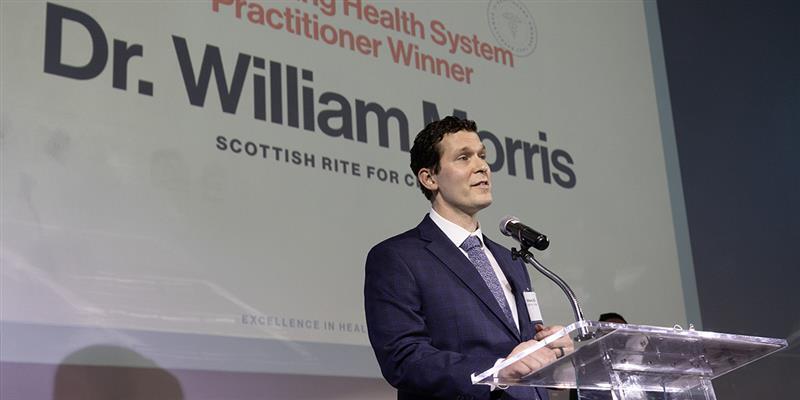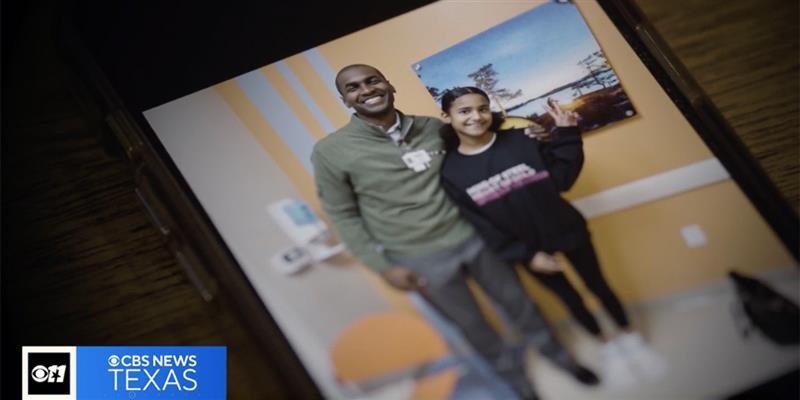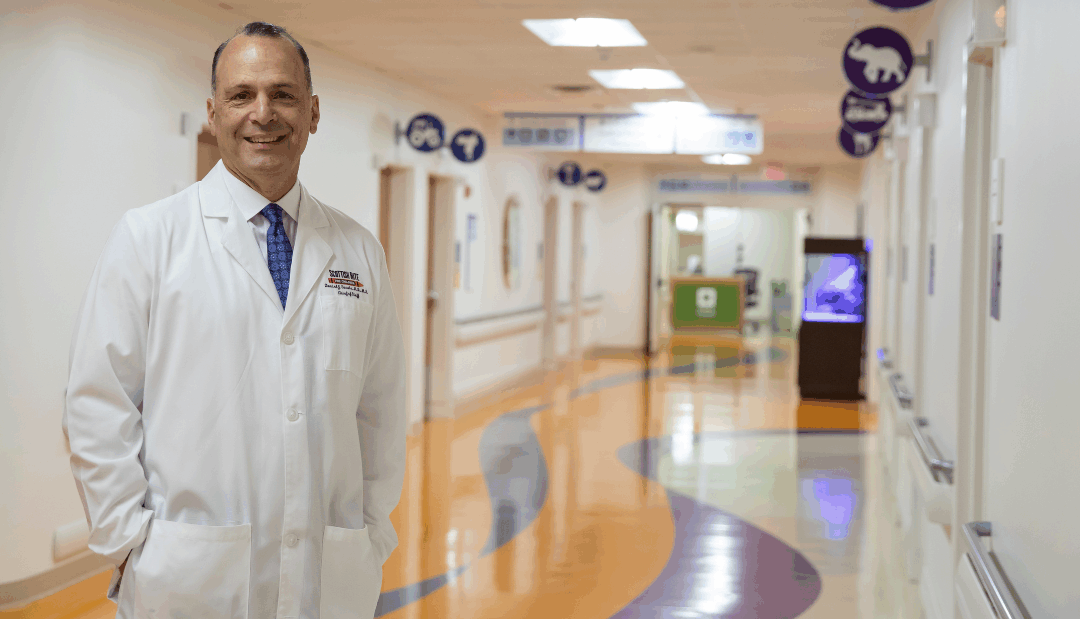
Scottish Rite for Children Receives $2.3M NIH Grant to Advance Bone Regeneration Research in Children With Perthes Disease
Researchers at Scottish Rite for Children received a $2.3 million, five-year grant from the National Institutes of Health (NIH) to study how the body repairs bone and restores blood flow in osteonecrosis and Legg-Calvé-Perthes disease.
Osteonecrosis is a painful condition found in children and adults in which disruption of blood flow causes bone tissue to die. As the bone collapses, the joint surface can become damaged, leading to chronic pain, stiffness, and hip arthritis. In children, the condition typically appears as Perthes disease, a rare childhood hip disorder that affects the ball of the hip joint.
“Children with Perthes disease can face long, difficult recoveries with few effective treatment options,” said Yinshi Ren, Ph.D., principal investigator and scientist at Scottish Rite for Children and assistant professor in the Department of Orthopaedic Surgery at UT Southwestern Medical Center. “Many live with pain or long-term joint problems that can lead to early arthritis or disability. Our research will not only fill critical gaps in our understanding of how bone heals after osteonecrosis but also lay the groundwork for developing a targeted biological treatment, which does not exist currently.”
Perthes occurs when the blood supply to the ball of the hip joint is disrupted, causing all or part of the bone to die. As the disease progresses, the weakened bone can break apart and lose its round shape. Over time, the body attempts to repair the damage by absorbing the dead bone and gradually replacing it with new, softer bone that later hardens as healing progresses. However, healing is slow and more difficult in older children, and if left untreated, the weakened bone may collapse or become misshaped, resulting in hip deformity.
Deformity causes symptoms, such as pain, stiffness, limited hip movement and limping that can make it difficult for children to walk and play. To help keep the ball round and properly positioned in the socket, doctors may use surgery, braces or physical therapy. During treatment, children need to keep weight off and must rely on a wheelchair or crutches for mobility.
“Our goal is to move beyond managing symptoms and toward true healing,” Ren said.
The cause of Perthes disease is unknown, and there is currently no established gold standard for treatment, and biological therapies are lacking. Most available approaches rely primarily on surgical intervention, which only manages the symptoms and disease progression rather than addressing the underlying cause. The disease typically affects children ages 4 to 8 and shows a marked male predominance, with approximately four boys affected for every one girl.
“Understanding how bone and blood vessels regenerate in patients with osteonecrosis or Perthes disease could lead to new therapies that stimulate tissue repair,” Ren said.
The new project aims to uncover the molecular signals that drive bone repair and blood vessel growth, paving the way for the first regenerative therapy for this condition.
The NIH funding will be utilized to further establish a new program at Scottish Rite focused on translating lab discoveries into better care for patients with hip disorders and chronic joint pain.
The investment supports:
-
- Recruitment of new researchers and trainees
- State-of-the-art lab equipment and disease models
- Collaborations with experts at UT Southwestern and Duke University
- Sharing discoveries through conferences and publications with physicians and researchers around the world
“This research is at the heart of our mission to give children back their childhood,” said Robert L. Walker, President and CEO of Scottish Rite for Children. “This work will shape the future of care and improve the lives of children for generations to come.”
Ren will continue his work with Matthew J. Hilton, Ph.D., associate chair for research and professor in Orthopaedic Surgery and Cell Biology at Duke University School of Medicine.
Also collaborating on the project is world-renowned Perthes expert, pediatric orthopedic surgeon and Director of the Center of Excellence in Hip at Scottish Rite for Children Harry Kim, M.D., M.S., a professor in the Department of Orthopaedic Surgery at UT Southwestern Medical Center and chair of the International Perthes Study Group.
Together, they will use advanced genetic imaging and bioinformatic sequencing tools such as single-cell/nucleus RNA sequencing to examine how bone cells respond to the disease.
This approach will reveal gene activity within individual cells, providing insight into bone repair and potentially identifying new cell populations involved in regeneration.
This work could transform how doctors treat Perthes disease and related conditions in both children and adults, offering patients faster recovery, improved joint function and better long-term outcomes.






